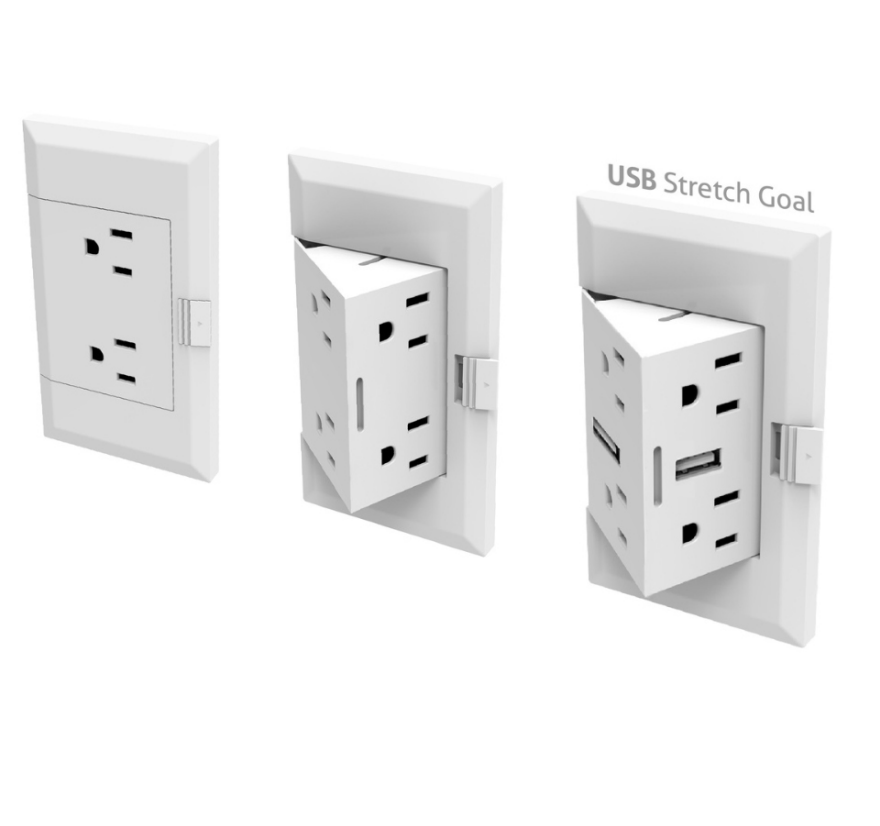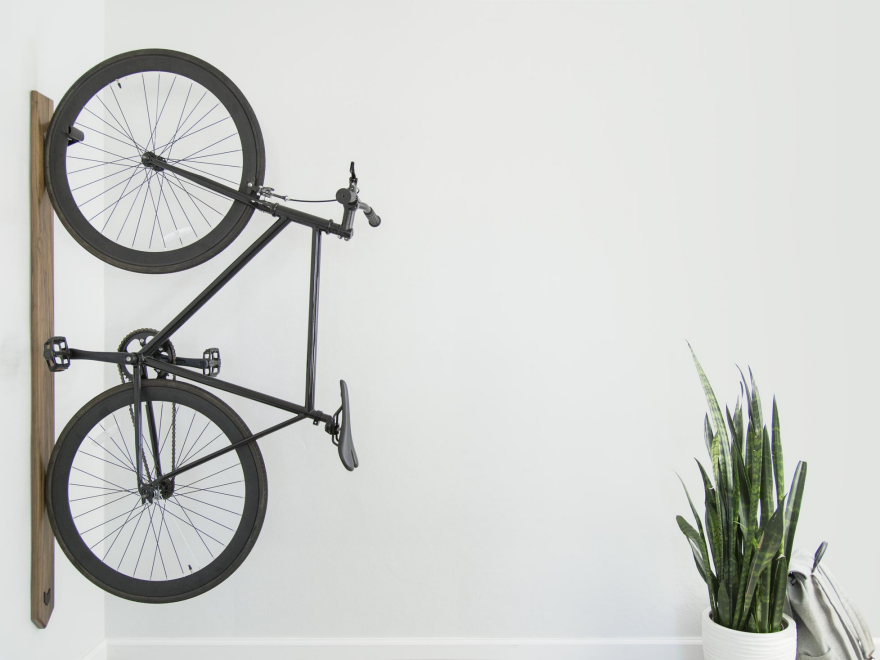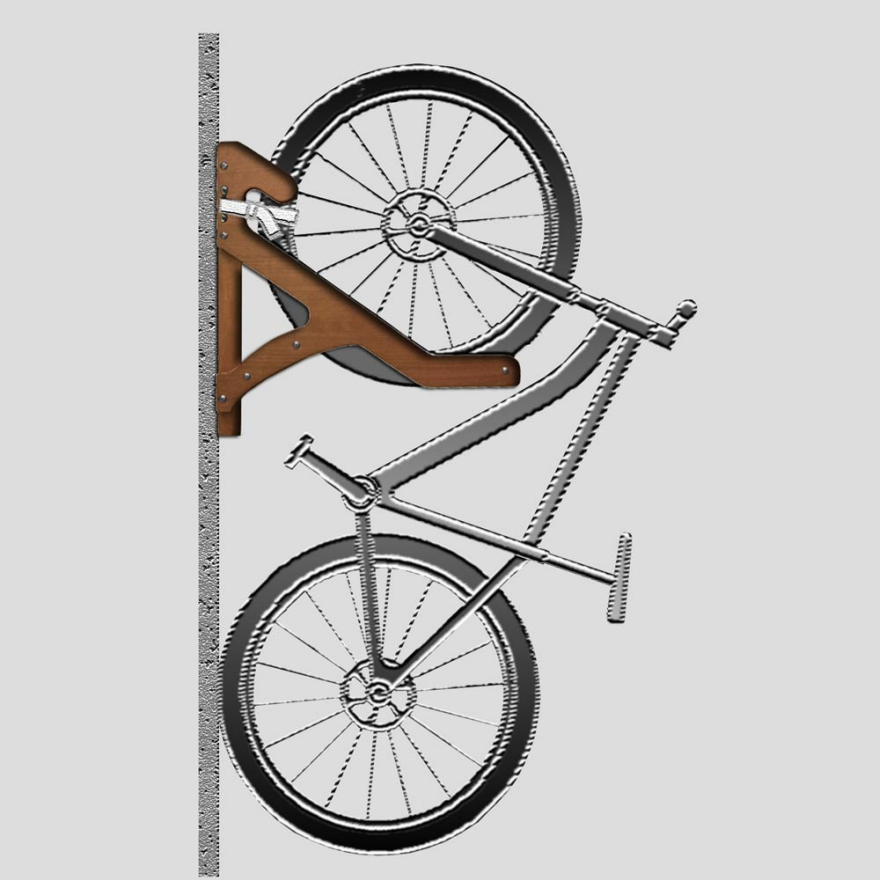This is the latest installment of our Core77 Questionnaire. Previously, we talked to the information designer Nicholas Felton.
![]() Yves Béhar. Portrait courtesy fuseproject
Yves Béhar. Portrait courtesy fuseprojectName: Yves Béhar
Occupation: I always say I’m a designer. Then people’s first question is if I’m a fashion designer, or what kind of designer I am. For me, being a designer is about design and intent with the widest possible reach, which is always the way I’ve thought about design’s role in the world. That’s not a definition that people understand yet. When you just tell people you’re a designer, it requires a longer explanation.
Location: We have a small office in New York, a presence in London, and then the larger part of the office—which is about 80 people—is in San Francisco. But we work all around the world, in Asia, Europe and Africa as well. With the SPRING incubator we’re running that benefits adolescent girls, we’ve had a presence in Uganda, Kenya and Rwanda for the last two and a half years.
Current projects: The range of our projects has always been a major source of creativity and pleasure for me and the team. We work on everything from nonprofit work in Africa and “See Better to Learn Better,” our eyeglass program in Mexico, to technology products and consumer goods. We’re working on robots, the smart home and wearables. We’re always involved in office and residential furniture with Herman Miller, who has been a partner of ours for 15 years. We’re advising and working with an augmented-reality parametric-design startup from Poland; we’re working with Kodak; and, of course, I’m forgetting another 10 or 12 projects.
Mission: From day one, fuseproject has always been about bringing different disciplines together. Disciplines may change over time, but the overarching goal of design for me and the mission of fuseproject is to accelerate the adoption of important ideas. New ideas that show human intent. Since moving to Silicon Valley and San Francisco in the mid-’90s, we have been a part of so many new ideas, and new typologies of products, or new ways that people have experiences that change their lives. Fuseproject is dedicated to putting the human at the center of those experiences.
When did you decide that you wanted to be a designer? I feel extremely lucky and blessed because I chose design when I was 14 or 15. I loved writing, I loved fiction and I loved telling stories, but I found that through drawing and through creating objects and experiences I could tell stories just as if I was writing them. This seemed to be a very small discovery or a small life-changing moment at the time, but in retrospect, 20 to 30 years later, it feels like that’s always what I wanted to pursue. To be able to do what you love every day is a tremendous gift. I’ve never lived with the doubt of not knowing what I really wanted to do in my life.
Education: When I think back, I really, really wanted to be a designer but I didn’t have any of the background or even any of the skills. I didn’t grow up in an artistic family, and I was never, even in high school, the best draftsman in my class. I didn’t have the natural skill. But I was extremely lucky to know what I wanted to do, and I knew that I had to work really hard. I spent five or six years going to prep school first for design, and then I went to Art Center College of Design. I’ve spent my entire life trying to make my skills better—trying to be a better draftsman and model maker in the beginning, and a better thinker throughout.
Sometimes you have a love and passion for something but you’re not particularly talented at the outset. You just dedicate and work hard at acquiring the skills and the depth of understanding that you need. That’s kind of what happened.
“To be able to do what you love every day is a tremendous gift. I’ve never lived with the doubt of not knowing what I really wanted to do in my life.”
First design job: I worked as a theater stage set and costume maker during Art Center, and I had a few internships, but my first job was with Bruce Burdick. Bruce was an alumnus of the Eames Office in Los Angeles and he was based here in San Francisco. He’s retired now, but he created some classic designs that Herman Miller still produces, and I worked on exhibit and furniture design in that very first job. What was interesting is that I’ve always deeply admired designers that had very diverse practices—George Nelson, Charles Eames—and my first job was in a very diverse practice. Research and strategy, filmmaking, design and brand were all mixed in together.
What was your big break? I’ve never been a designer that got this incredible big job right from the beginning that set them on a path. In fact, I had lots and lots of small, average projects and I made it a mission to turn every single small opportunity into at least an attempt at doing something great. From 1999, when fuseproject was founded, to 2006, we had lots of small, exciting breaks, but they were always small projects that we turned into big things. And then in 2007, two projects that were very different from each other became really important for me and got us some significant recognition. One was One Laptop Per Child and the other was the Leaf lamp for Herman Miller. Being able to show a completely new experience of a task lamp with a company like Herman Miller that hadn’t shown a lot of tech-based product was certainly a breakthrough. And OLPC was a very inspirational project for everyone involved in design, but also in the nonprofit, social-design world.
I was able to present both of these projects on the TED stage in 2007, which was one of the most difficult things I’ve ever done, but it was certainly a breakthrough for me. Working in the studio and building the right stories and the right content and the right ideas around projects is very different than telling them on a stage in the 18 minutes that TED gives you. Being Swiss, and with my first language being French, I wasn’t particularly comfortable on-stage. With such high stakes, that’s something I had to work really hard at—and I had to turn all these ideas, all these intentions, into a story that people would want to hear, and that would be interesting to more than just a small group of designers. The TED crowd can be quite an intimidating one as well.
![]() Inside fuseproject's San Francisco headquarters. All studio photos by Mark Mahaney for Herman Miller
Inside fuseproject's San Francisco headquarters. All studio photos by Mark Mahaney for Herman MillerDescribe your workspace: We’ve moved the fuseproject studio two or three times, but we’re now in a space that we’re extremely happy with and that we’ve been able to design entirely. What's been important throughout our history is a level of creative fusing, openness and horizontality. We’ve always worked in an open space and I’ve personally never had a private office. We always put all the work up on the walls so that everybody can comment or participate to make it better. The studio is really built in this way, and the furniture we have been designing with Herman Miller, an office system called Public Office Landscape, is a system that encourages collaboration, so every desk essentially turns into a meeting space if you need it to.
The other architectural element is we have a large set of bleachers where we have regular speakers come and speak to the fuseproject studio. In the last year and a half we’ve had everyone from David Adjaye and Tom Sachs to Marcel Wanders and John Maeda. All the people we love and admire come for discussions in our studio. We also have a 2,000-square-foot gallery at the entry to our design studio where we present contemporary artists, and that’s a completely different melding and fusing of creativity. We have these art shows and it creates a great dialogue between content creation, the ideas that live in the studio, and then how artists see the world and express it. The space plays a lot of different functions.
![]() The fuseproject bleachers. Different configurations of the Public Office Landscape can be seen throughout the space.
The fuseproject bleachers. Different configurations of the Public Office Landscape can be seen throughout the space.What is your most important tool? Pencil and paper
What is the best part of your job? Using pencil and paper. Sketching, brainstorming with my team, exploring new ideas, exploring new designs—that’s definitely the best part of my job. Obviously we refine and we explore on the computer as well, but all the big ideas are always created initially with pen and paper. It’s so much faster to iterate and it’s so much easier to communicate a quick notion when we use pen and paper.
What is the worst part of your job? There’s certainly no pleasure in dealing with legal issues, or HR, or business negotiations. But I have a great team who keeps me in the loop but doesn’t have to involve me most of the time. I’m a creative and I live a much better life when I can focus on the creative work of my job.
![]() Sketches for the Public Office Landscape
Sketches for the Public Office LandscapeWhat time do you get up and go to bed? I usually get up at 7:30 a.m., and I’m at work by 9:00. I’m in bed by 11:30 or midnight. That’s a good day. We work internationally a lot, so it does happen that we have really early morning calls or presentations with Europe. We also have calls late in the evening with Asia. We’re in this part of the world where we can work with everyone, but it means stretching in the morning or in the evening.
How do you procrastinate? I procrastinate mostly by looking at information or reading. I don’t watch television. My mindless moments are in front of some kind of digital media, newspapers, and, of course, some social media.
What is your favorite productivity tip or trick? I get a to-do list on Friday from my team with everything I have forgotten to do, or anything that’s due. As far as what I was supposed to accomplish or what’s expected from me, I want to make sure that I don’t completely lose track of it. The weekend is a time where I can do writing or answer questions, review ideas and give feedback.
Creatively speaking, my answer to a problem is always, OK, let’s sit down and sketch. Let’s grab the bull by the horns and wrestle the problem to the ground. You can’t be too impatient, because problems will eventually get solved. So I think it’s a balance between that creative impatience and the patience to let ideas develop naturally or simply to get better because you’re thinking of a problem harder over time.
I think the key balance for me is to have the confidence that we will solve a certain problem and at the same time a certain level of excitement and impatience that you want to see it done. So making sure that it’s circulating in your head, making sure that it’s circulating within the team, and making sure that the challenge is addressed so that eventually our creativity catches up to it.
What is the best-designed object in your home? My home is a quiet mixture of art, sculpture and design. My favorite object—I don’t know if it’s the best designed or not—is a Terrazza couch that was made in 1972 by De Sede. It’s been around for 45 years and works so well. We use it every night when we play games. It’s a great, strange-looking object that’s just a part of my everyday that I’ll probably never be able to get rid of.
Who is your design hero? I have many. There are such great design personalities who have established our profession. I certainly have some go-tos, whether it’s Charles and Ray Eames, George Nelson or Joe Colombo. There’s many well-known and less-well-known designers that when you look at their work, the intelligence—the mechanical, material intelligence, as well as the emotional intelligence—is so obvious in the work 50, 60 years on; it’s still completely relevant.
I’m very lucky because I’ve been working with Herman Miller for 15 years, and when you work with Herman Miller you’re so steeped in that history—in the history of the classics, in the history of those designers—and you have access to archives where you can see firsthand drawings. There are many places and many ways to be continually amazed about the past that was created for us to walk on today.
What is the most important quality in a designer? There are contradictory traits that make good designers, and I think it’s how you resolve them. The ability to be a keen observer of the world and of people, the ability to notice the idiosyncrasies of the life around you in a contemporary way—that sort of listening, observational quality is key. But also direction, vision and conviction. Making the hundreds of small decisions on a project that equate to finding a direction, to convincing others that this direction is the most prescient and relevant for the problem. So there is certainly an aspect of listening to the world but also listening to yourself. At times these can be disparate feelings, but I can see those different traits in a lot of the designers we admire.
“I’ve never been a designer that got this incredible big job right from the beginning that set them on a path. In fact, I had lots and lots of small, average projects and I made it a mission to turn every single small opportunity into at least an attempt at doing something great.”
What is the most widespread misunderstanding about design or designers? I still think that designers are regarded as people who mostly deal with cosmetic, aesthetic problems. In many ways that is one of the net results of our work and that’s a lot of what people see. For me and for many others, design is really a direction of intent. It’s a strategic way to think about an ecosystem in which beauty resides, but it’s surrounded by many influences and needs to be thought of in a much wider context. Design is really a wide, very deep practice that takes many different inputs and turns them into a cohesive experience or whole.
What is exciting you in design right now? I’m very excited about the work we’ve been doing for a few years on robots. Robots aren’t the cyber-humanoid-looking devices that either Hollywood or Japan have been showing us in the last 30 to 40 years. They can be very unique in domestic environments, and they don’t have to be a replica of human behavior or human aesthetics. So I’m excited about robots and what they can truly do for us.
I’m also excited about this notion of the invisible interface. We are way too dependent on physical screens for the information that we receive on them, and also the control that we derive from abusing them. As a designer I’m really excited about moving our everyday lives away from screens rather than toward screens.
The third subject that I’m very passionate about is how technology and design are going to change health and healthcare. I think we haven’t even scratched the surface, both from a human standpoint—the impact of our work—and from an opportunity standpoint, an opportunity to change the way the system of health and healthcare works. I think there’s tremendous promise and tremendous change that’s going to happen in this area.
![]()


































































































































































